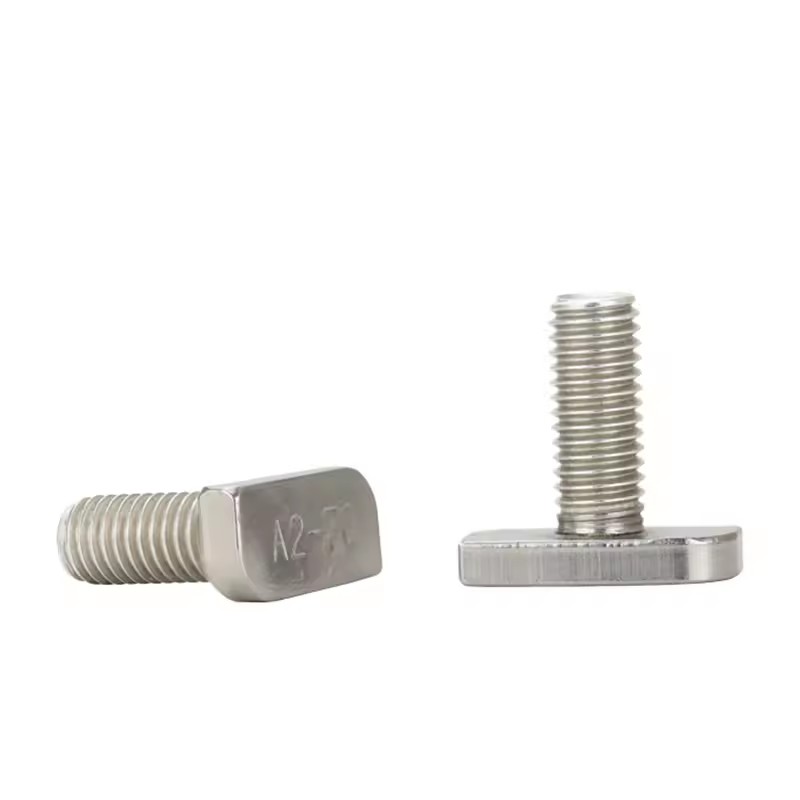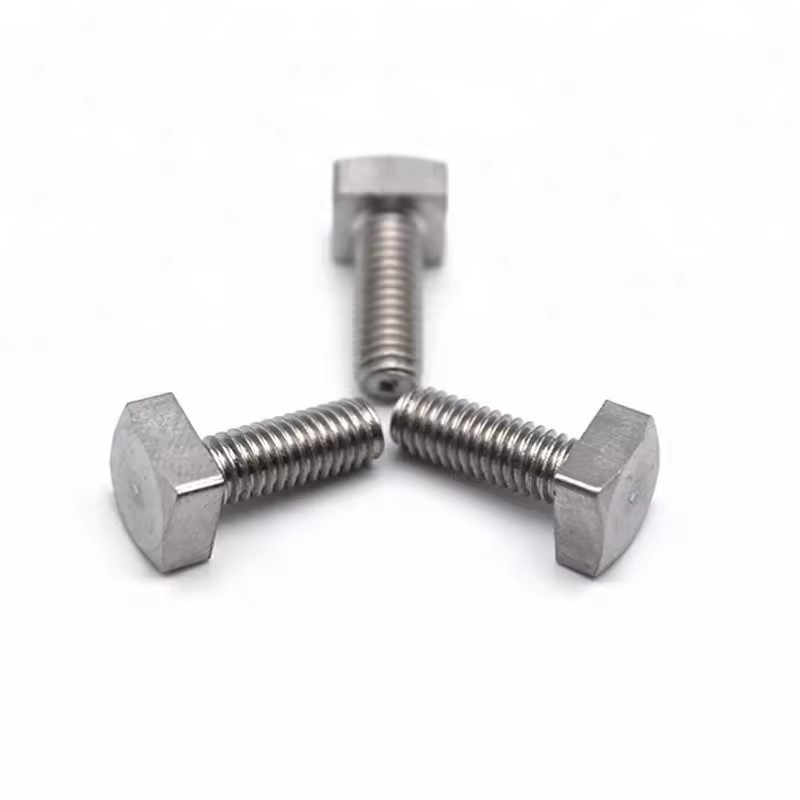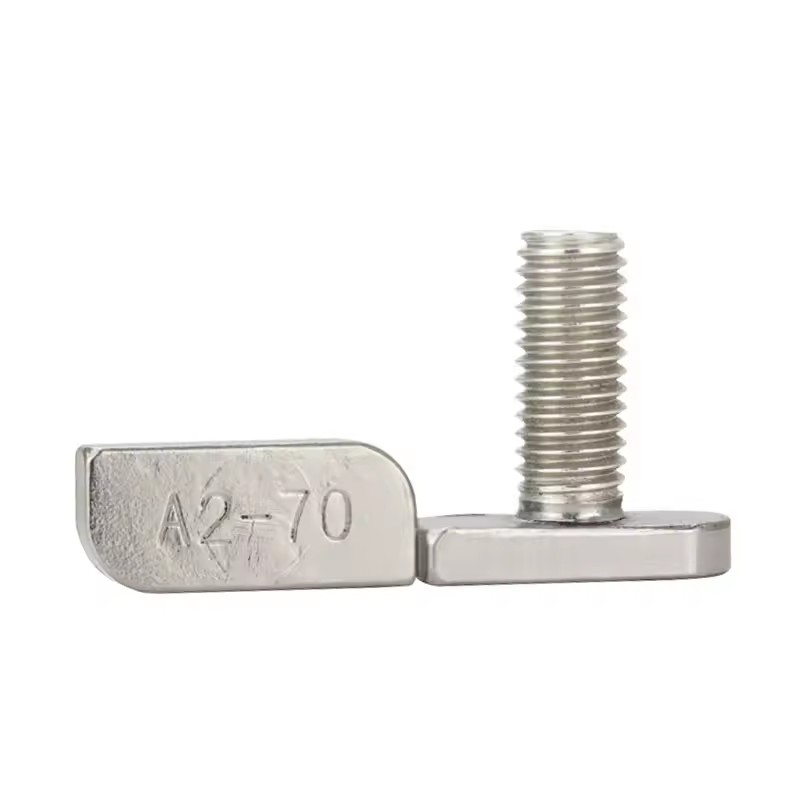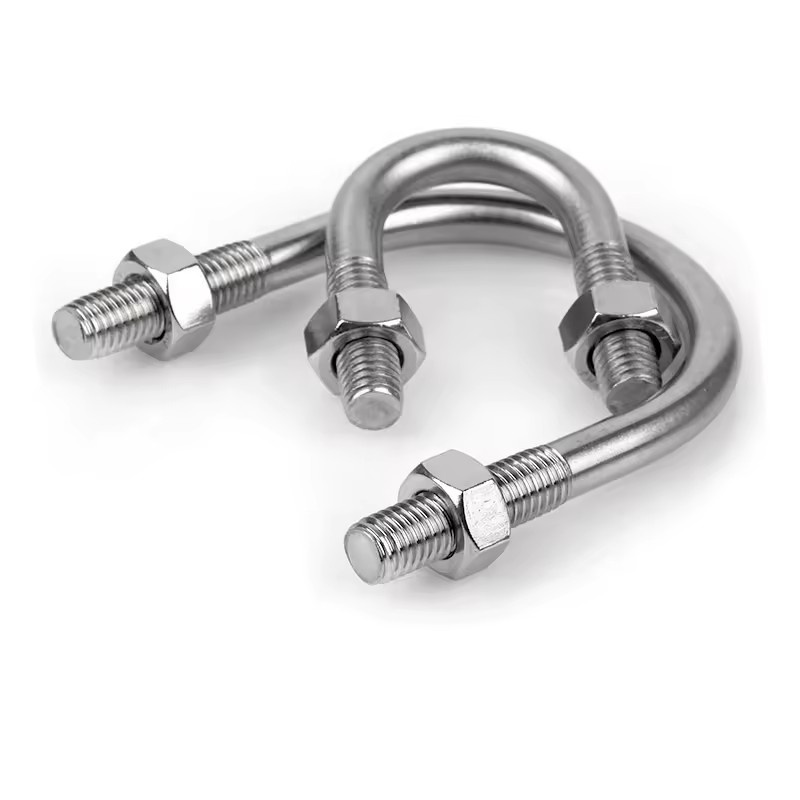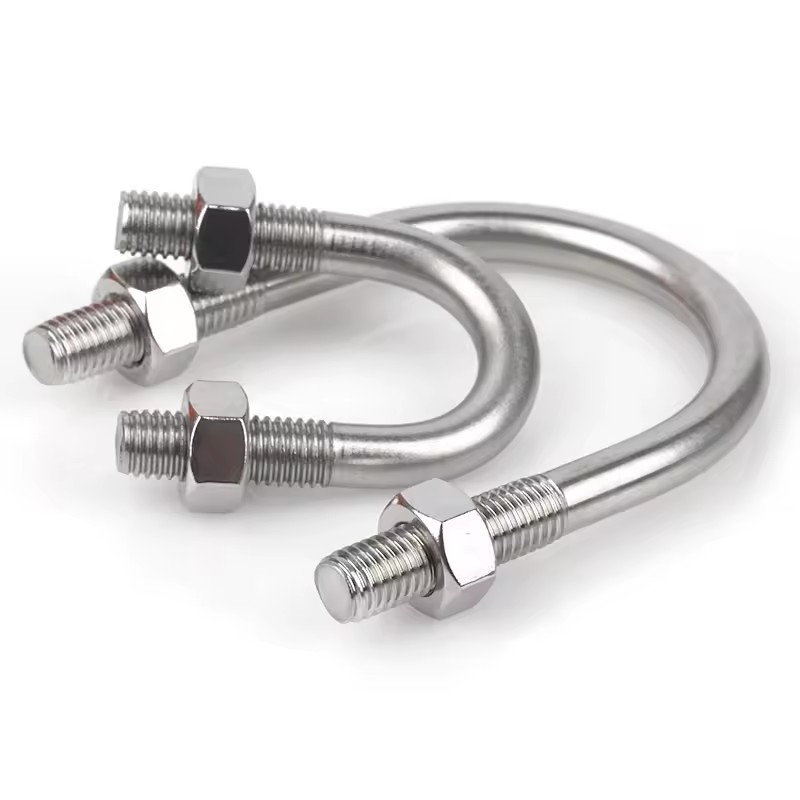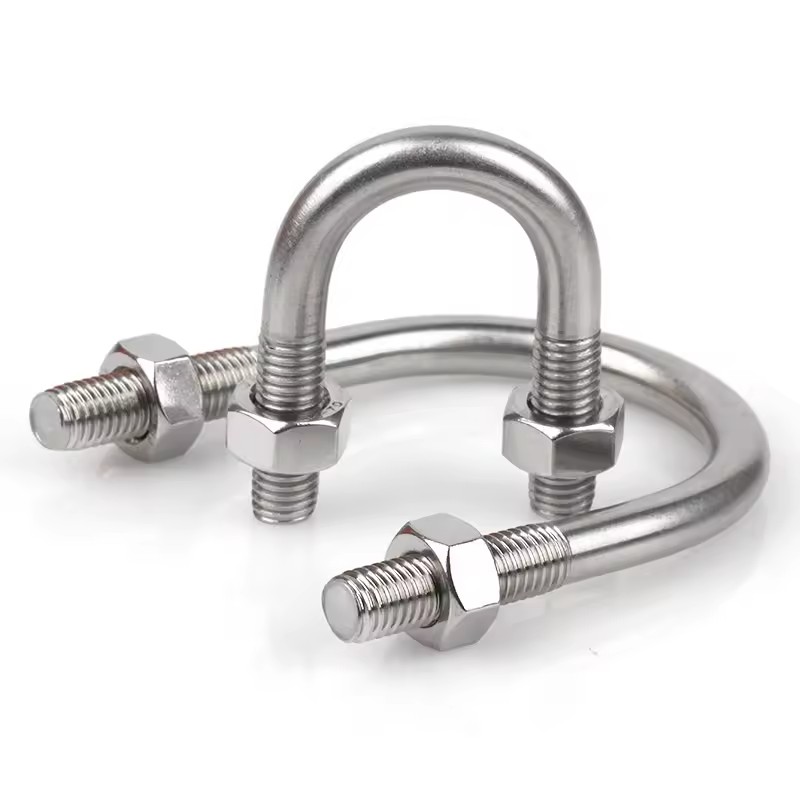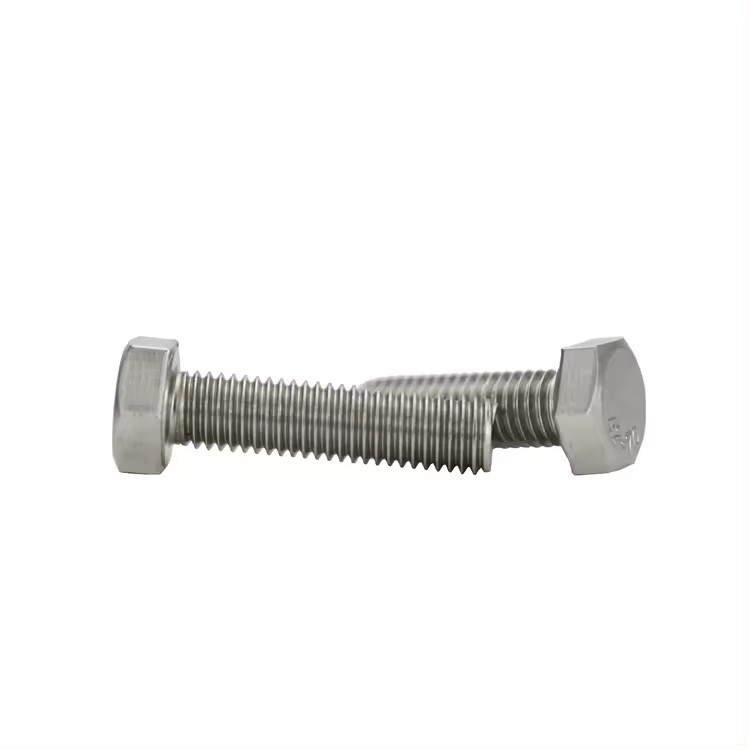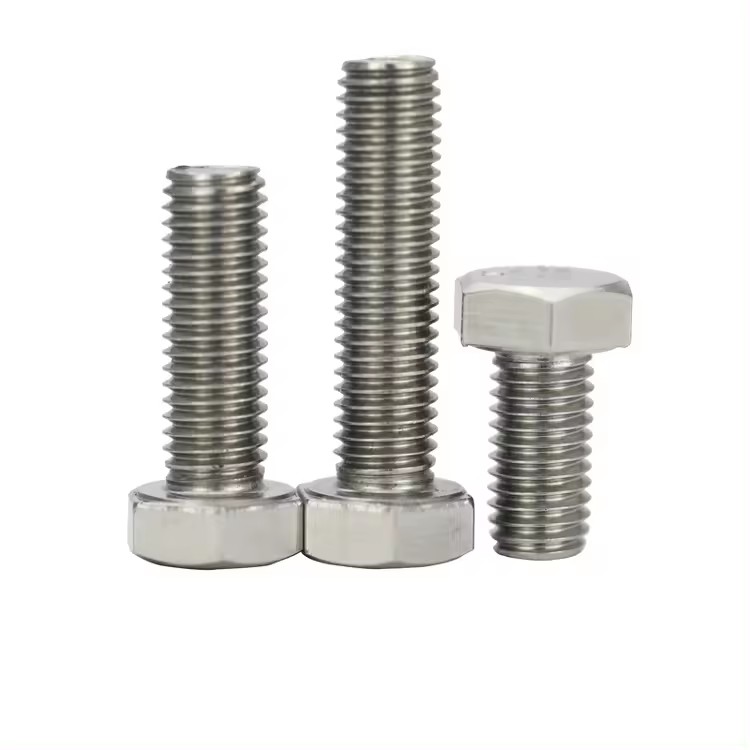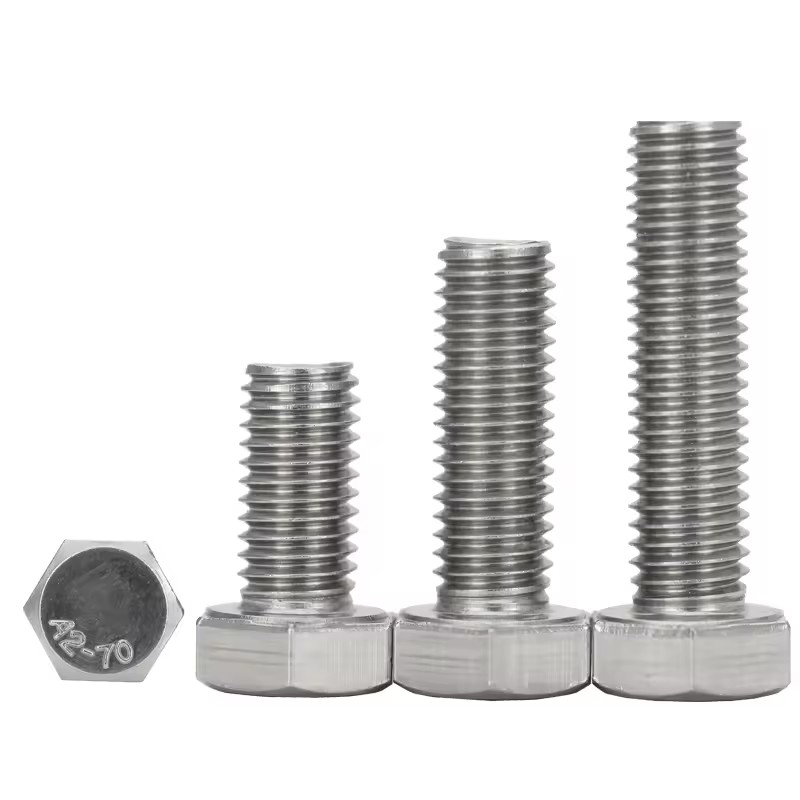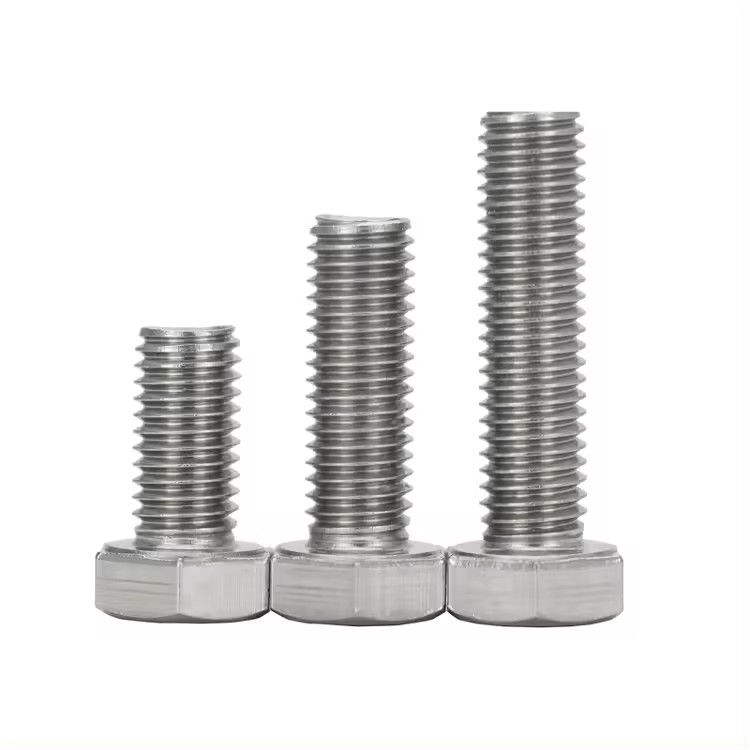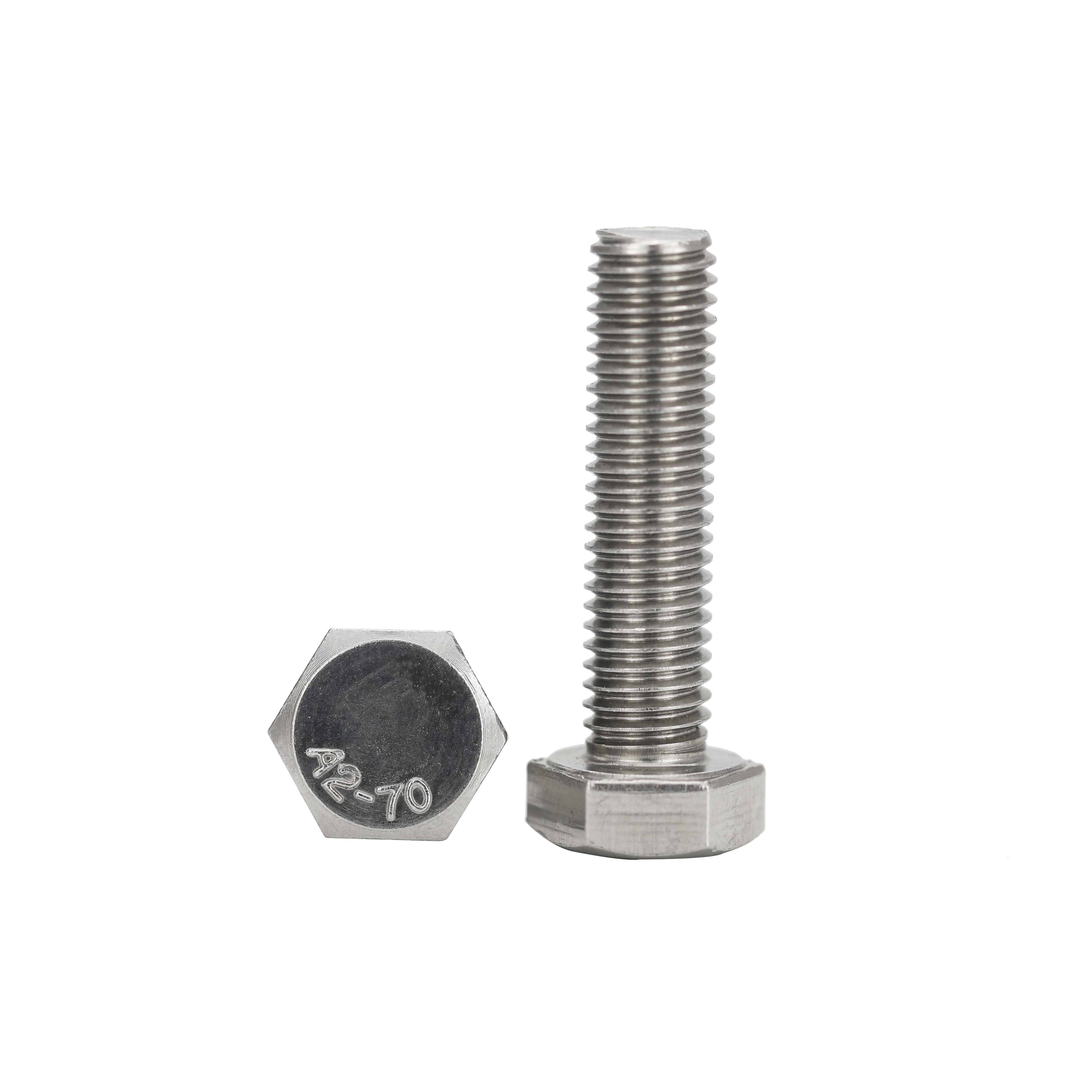What Are Wing Nuts?
Wing nuts are a type of fastener with two large metal wings that allow for hand tightening and loosening. They are designed for applications where tools may not be available or where frequent adjustments are needed.
Types of Wing Nuts
| Type |
Description |
Common Uses |
| Standard Wing Nut |
Basic design with two symmetrical wings |
General purpose applications |
| Heavy Duty Wing Nut |
Thicker wings and more robust construction |
Industrial applications requiring more torque |
| Stainless Steel Wing Nut |
Made from corrosion-resistant stainless steel |
Outdoor or marine environments |
| Nylon Wing Nut |
Non-conductive plastic construction |
Electrical applications, lightweight uses |
Wing Nut Materials
| Material |
Pros |
Cons |
| Steel |
Strong, durable, inexpensive |
Prone to rust without coating |
| Stainless Steel |
Corrosion resistant, strong |
More expensive than regular steel |
| Brass |
Corrosion resistant, good appearance |
Softer metal, lower strength |
| Nylon/Plastic |
Non-conductive, lightweight |
Lower strength, not for high temps |
Wing Nut Sizes and Thread Specifications
Wing nuts come in various sizes that correspond to standard bolt sizes. The most common thread types are:
- Coarse thread (UNC)
- Fine thread (UNF)
- Metric thread
| Size (inches) |
Threads per Inch |
Wing Span (approx.) |
| 1/4" |
20 |
1.25" |
| 5/16" |
18 |
1.5" |
| 3/8" |
16 |
1.75" |
| 1/2" |
13 |
2.25" |
How to Choose the Right Wing Nut
Consider these factors when selecting wing nuts:
- Application: Determine the load requirements and environmental conditions
- Material: Choose based on strength needs and corrosion resistance
- Size: Match the thread size to your bolt or stud
- Frequency of use: Heavy duty versions for frequent adjustments
- Environment: Consider temperature, moisture, and chemical exposure
Installation Tips for Wing Nuts
- Hand tighten until snug, then give an additional quarter turn
- Don't overtighten - the wings can break under excessive force
- For vibration resistance, consider using a lock washer
- In high-temperature applications, allow for thermal expansion
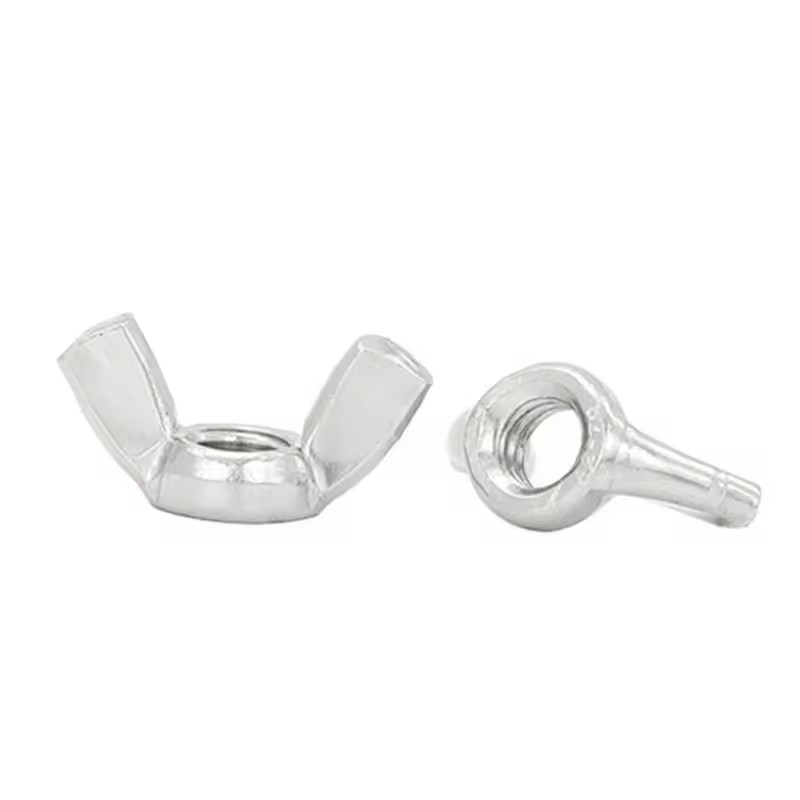
Common Applications of Wing Nuts
| Industry |
Use Case |
| Furniture |
Adjustable components, easy assembly |
| Automotive |
Battery terminals, air filters |
| Electrical |
Panel covers, junction boxes |
| Plumbing |
Fixture installations, temporary connections |
| Stage/Event |
Quick assembly and disassembly of structures |
Advantages of Wing Nuts
- Tool-free installation and removal
- Quick adjustments possible
- Visible and easy to identify in assemblies
- Available in various materials for different environments
Limitations of Wing Nuts
- Not suitable for high-torque applications
- Wings can snap if over-tightened
- May loosen under vibration without locking mechanisms
- Larger profile may not fit in tight spaces
Wing Nut Maintenance
To ensure long service life:
- Clean threads periodically to prevent binding
- Inspect for cracks or deformation, especially in the wings
- Apply appropriate lubricant in high-corrosion environments
- Replace if wings become bent or damaged
Safety Considerations
Never use wing nuts in critical load-bearing applications where failure could cause injury or damage. They are designed for convenience, not for high-stress applications.
- Ensure adequate thread engagement (at least equal to the bolt diameter)
- Don't use damaged or deformed wing nuts
- Consider locking mechanisms in vibrating environments
Frequently Asked Questions
Can wing nuts be used in automotive applications?
Yes, but only for non-critical components where vibration won't cause loosening. Never use them for suspension, steering, or braking systems.
How much torque can a wing nut handle?
Torque capacity varies by size and material, but generally wing nuts should only be hand-tightened. Typical maximum torque ranges from 5-20 in-lbs depending on size.
Are there left-handed thread wing nuts?
Yes, though they are less common. Special order may be required for left-handed versions.
Conclusion
Wing nuts are versatile fasteners that provide tool-free operation for applications requiring frequent adjustments or easy access. By understanding the different types, materials, and proper usage guidelines, you can select the right wing nut for your specific needs while ensuring safety and reliability.



